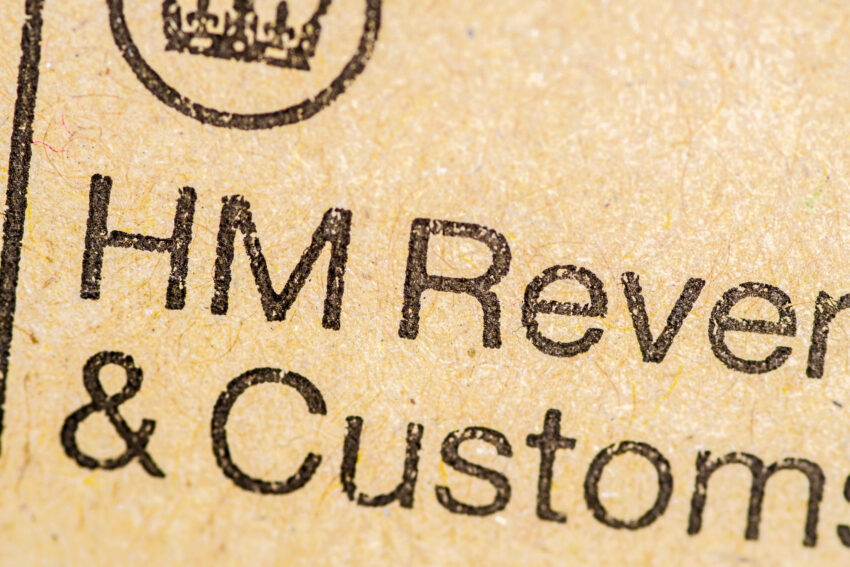
"In her October 2024 budget, Chancellor Rachel Reeves raised CGT rates on most assets, lifting the rate for basic-rate taxpayers from 10% to 18%, and for higher-rate taxpayers from 20% to 24%. The new rates applied from 30 October 2024. That means liabilities for the 2024-25 tax year depend on when an asset was sold: gains realised before the budget should be taxed at the old rates, and gains after should be taxed at the higher rates."
"However, HMRC's self-assessment platform - finalised before the budget changes were announced - still applies the old rates automatically, leaving taxpayers who rely on it at risk of underpaying. More than 378,000 people paid CGT in the previous tax year, suggesting tens of thousands could be caught out, particularly those completing their own returns without an accountant. HMRC has warned that those filing tax returns for 2024-25 should not rely on the system's automatic calculations and instead use its online CGT calculator."
"We have been contacted by several worried individuals who are rightly concerned to receive these nudges. It is unfortunate that HMRC's systems can't keep up with the rate of change. It is all too easy for people to pay the wrong rate of tax because the reporting process is not sufficiently robust."
CGT rates increased in October 2024, raising basic-rate taxpayer rates from 10% to 18% and higher-rate rates from 20% to 24%, effective 30 October 2024. Liabilities for 2024-25 depend on sale dates: gains realised before 30 October use the old rates and gains after use the higher rates. HMRC's self-assessment platform was finalised before the change and still applies old rates automatically, creating underpayment risk. HMRC advises using its online CGT calculator and has sent nudge letters. More than 378,000 people paid CGT last year and the halving of the annual exemption to £3,000 in April 2024 increases exposure; many errors may surface when returns are filed in January 2026.
Read at Business Matters
Unable to calculate read time
Collection
[
|
...
]